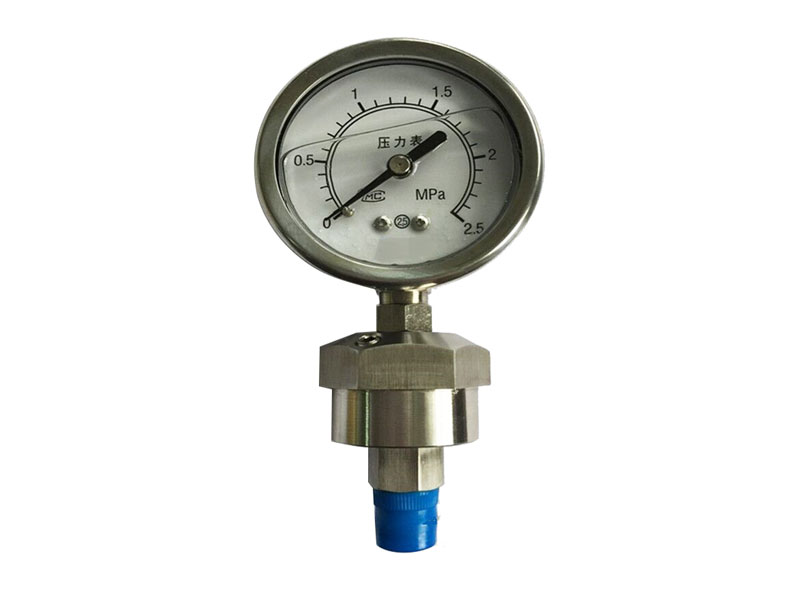How does the diaphragm pressure gauge work?
 Jan 04, 2021|
Jan 04, 2021| View:1151
View:1151A diaphragm pressure gauge is a device that uses a diaphragm with a known pressure to measure fluid pressure. It has many different purposes, such as monitoring the pressure of a gas tank, measuring atmospheric pressure or recording the vacuum strength in a vacuum pump.
The diaphragm pressure gauge has a flexible membrane with two sides. On one side is a closed capsule, which contains air or some other fluid at a predetermined pressure. The other side can be left open or screwed into any system the meter intends to measure. The diaphragm is also connected to some kind of meter that shows how high the pressure is.

The fluid in contact with the flexible membrane pushes the membrane to bend. Pressure is a measure of how much it pushes. When the external preference is low, the reference pressure will bend the membrane. As the external pressure increases, it pushes back onto the membrane, which in turn causes it to bend back. By measuring the degree of membrane bending, diaphragm pressure gauge can detect external pressure.










View More(Total0)Comment lists